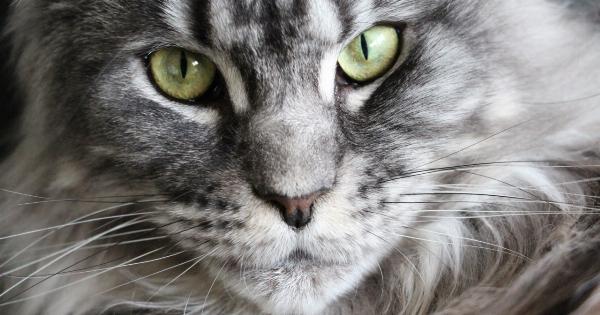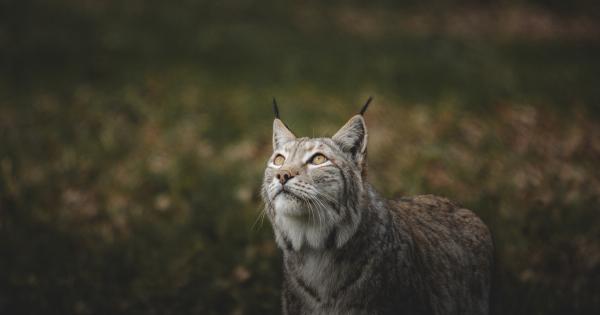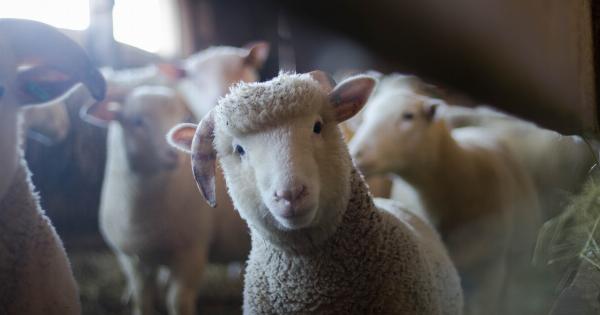Little Pom, a furry mini companion, is a delightful breed of dog known for its small size and charming personality. This lovable little creature has been winning hearts all over the world with its playful nature, adorable looks, and loyal disposition.
In this article, we will explore the various aspects of the Little Pom breed, including its origins, physical characteristics, temperament, and care requirements.
Origins and History
Believed to have originated in Pomerania, a region in central Europe, the Little Pom is descended from larger sled-pulling dogs. These larger dogs were bred down in size in the 18th century to create the charming little breed we know today.
Queen Victoria of England played a significant role in popularizing the Pom breed, and it quickly gained popularity across Europe and the United States.
Physical Characteristics
Despite their small size, Little Poms are known for their fluffy double coats, which consist of a long, coarse outer layer and a soft and thick undercoat. Their coats come in a variety of colors, including orange, cream, black, white, and sable.
These furry companions have distinctive fox-like faces, erect ears, and dark, expressive eyes that spark with intelligence.
On average, adult Little Poms stand between 6 and 7 inches tall at the shoulder and weigh between 3 and 7 pounds.
Their small size makes them an ideal choice for those living in apartments or small homes, as they don’t require much space for exercise.
Temperament
Little Poms are known for their lively and extroverted personalities. They are intelligent and eager to please, making them relatively easy to train.
These dogs form strong bonds with their owners and are fiercely loyal, often becoming protective of their family members. Despite their tiny size, Poms can be quite bold and will fearlessly defend their loved ones if they sense any danger.
While they make excellent companions, Little Poms can sometimes display a stubborn streak. Early socialization and consistent training are essential to ensure they grow into well-rounded and obedient dogs.
Their energetic nature means they thrive on mental and physical stimulation, so providing them with plenty of toys and interactive play is vital.
Care and Grooming
Little Poms have a profuse double coat that requires regular grooming to keep it looking healthy and mat-free. Brushing their coat at least two to three times a week helps prevent tangling and matting.
Routine grooming also includes regular nail trims, teeth brushing, and ear cleaning to maintain their overall hygiene.
These dogs are generally moderate shedders but tend to experience more significant shedding a few times a year, known as “blowing their coat.” During this period, daily brushing becomes necessary to manage the shedding effectively.
Health
While generally healthy, Little Poms are prone to certain health conditions, including dental issues, luxating patella (a slipped kneecap), and tracheal collapse.
These dogs have a small windpipe, which can lead to respiratory problems if not taken care of. Regular veterinary check-ups, a balanced diet, and plenty of exercise are important for maintaining their well-being.
Training and Socialization
As mentioned earlier, Little Poms can be a bit stubborn, so consistent training from an early age is crucial. They respond well to positive reinforcement techniques and should never be subjected to harsh training methods.
These intelligent canines enjoy learning tricks and commands and excel in activities like obedience training and agility courses.
Socialization is equally important for Little Poms. Early exposure to different people, animals, and environments helps them develop into confident and well-behaved companions.
Taking them for regular walks and visits to dog parks will provide opportunities for positive social interactions.
Exercise
Despite their small size, Little Poms have a moderate exercise requirement. Daily walks, interactive play sessions, and mental stimulation activities are essential to keep them physically and mentally stimulated.
These dogs also enjoy a game of fetch or learning new tricks, making them a versatile breed that can adapt to various exercise routines.
Living with Little Poms
Living with a Little Pom can be a truly rewarding experience. Their small size means they can adapt well to apartment living, although they might occasionally bark to alert their owners to potential dangers.
They are generally good with children, but supervision is recommended to prevent accidents due to their small size.
These sociable dogs thrive on companionship and can suffer from separation anxiety if left alone for long periods.
They are best suited to homes where someone is around for most of the day or where arrangements can be made for their care and entertainment.
Conclusion
In conclusion, Little Poms make wonderful furry companions for both individuals and families. Their small size, beautiful coats, and lively personalities are hard to resist.
With proper care, training, and socialization, these little dogs can bring immense joy and love to their owners’ lives. Whether living in a bustling city apartment or a quiet suburban neighborhood, a Little Pom is sure to bring endless moments of happiness and delight.































